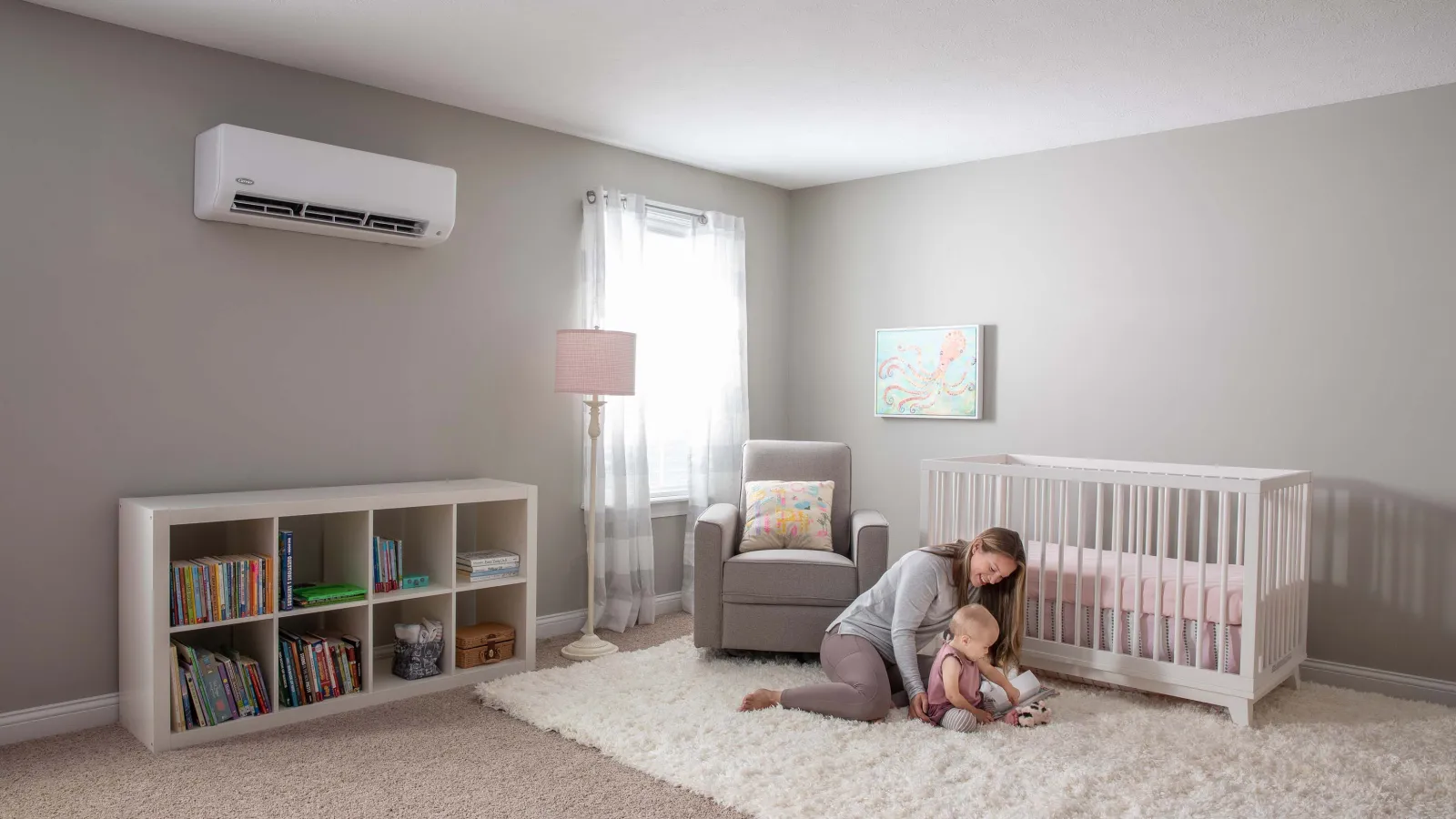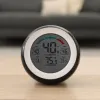Things are finally starting to warm up around Atlanta. If you’re like many people in our area, now is the time when you exit hibernation mode and spend more time outdoors. You might even be a “spring cleaning” sort of person, in which case you’re poised to clear out the clutter and make your home a more pleasant place to be.
Just don’t forget about air quality when you start cleaning. The air you breathe is worth cleaning, especially this time of year.
Why is spring a good time to start thinking about indoor air quality? Here are a few reasons:
- Allergies tend to kick into gear in late March. This is when the pine pollen envelops the outdoors with its signature blanket of a yellow powder, although you’ll probably already be sneezing by the time it does.
- Air conditioners start running again after months of dormancy. In just another month or so, you’ll be running the AC a lot, so it’s a good idea to make sure everything is clean (think: not coated in dust, dirt, or gunk) so that you know you’re breathing clean air. Plus, a properly serviced AC is far less likely to break down when you need it most.
- Humidity is increasing since warmer air holds more moisture. And as the humidity becomes more oppressive, conditions in your crawlspace are getting, um… yuckier. If you’ve got leaky ducts, you’re probably breathing whatever is growing down there.
With those ideas in mind, consider these four-springtime indoor air quality tips.
1. Clean or replace your air filter
If you haven’t replaced your air filter all winter, now’s the time. Depending on the type of filter you have, you’ll either have to clean it or replace it with a new one.
Dirty air filters are a big problem. As contaminants accumulate on the filter, air begins traveling to the air conditioner via the path of least resistance. Sometimes, that means it travels around the filter, bypassing it entirely. Or more air enters the HVAC system via leaks in your ductwork, bringing with it the pollutants inside your attic or crawlspace air.
In any case, your air won’t be as clean as it would be with a new filter. Or a better one.
2. Seal your ducts
You won’t have to do this every spring. But if you haven’t had your ducts sealed, make this spring the one when you do it.
Duct sealing keeps indoor air clean by:
- Preventing low-quality crawlspace or attic air from infiltrating your living space
- Reducing indoor humidity levels so that microbes and dust mites can’t proliferate
- Keeping the inside of the ducts free from dust and grime buildup
The tighter and better sealed your duct system is, the less likely unsavory air is to enter your HVAC system… and your lungs. Air from your attic or crawlspace (you know, where your air ducts run) is likely full of humidity, microbial growth, insect or rodent droppings, and even fiberglass particulates. You don’t want to breathe that stuff.
Of course, duct sealing also lowers your utility bills by keeping more conditioned air inside your home. It’s a double win for air quality and your wallet.
3. Consider duct cleaning
Not everybody needs duct cleaning, but some people definitely do.
Dirty air ducts contain contaminants that may aggravate allergies, circulate bad smells, and make your HVAC system work harder to condition your home. They cost you money and have health and comfort repercussions.
Like duct sealing, this is something you’ll probably only have to do once – especially if you have the ducts sealed at the same time. Sealing ducts helps prevent them from getting dirty again.
You may only need multiple duct cleanings if you have floor vents and pets. Those ducts tend to get dirtier, faster.
You’ll know you need duct cleaning when your return ductwork and your air conditioner’s blower wheel are caked in a thick layer of grime. If you just have a thin layer of dust inside your ducts, they probably don’t need to be cleaned.
4. Have your AC serviced
Spring is a great time to clean your AC’s evaporator coil and blower wheel. If you wait until summer, you may spend another couple of months breathing the relatively low-quality produced by these dirty components.
Why clean the evaporator coil? Because a dirty evaporator coil is a magnet for microbial growth.
After all, the coil stays wet for most of the spring and summer, creating an ideal environment for bacteria. When there’s a lot of dust and dirt on it, the bacteria have plenty to feed on. Unless you have a UV light inside your indoor AC unit, the bacteria proliferate. And your AC blower sends them right into your home.
Speaking of, why clean the AC blower wheel?
Because all the issues with the evaporator coil still apply (the blower wheel isn’t as wet, but it lives in a moist environment). And you can bet that a lot of the gunk that accumulated on the wheel is also being blown into your home!
Let’s not forget that a dirty blower wheel also reduces airflow, which can cause cooling problems. It can also shorten the lifespan of the blower.
So, what’s the best, most economical way to get those things done? Have an HVAC technician take care of it.
An HVAC service agreement, in particular, is an inexpensive way to make sure both of these tasks are completed every spring.
Service agreements include indoor and outdoor coil cleaning, blower wheel cleaning, drain line flushing, and various tests to ensure all components are working as they should. We’ll even replace your air filter.
So keep clean, and don’t forget about the air you breathe.
Even an uncluttered home isn’t comfortable when you’re sneezing and fighting a headache all the time. By replacing your filter, sealing and cleaning your ducts, and ensuring your air conditioning system is clean and in working order, you can breathe cleaner air throughout the spring and summer.
And since these tips make your HVAC equipment run more efficiently, you’ll probably save money on utilities, too.






